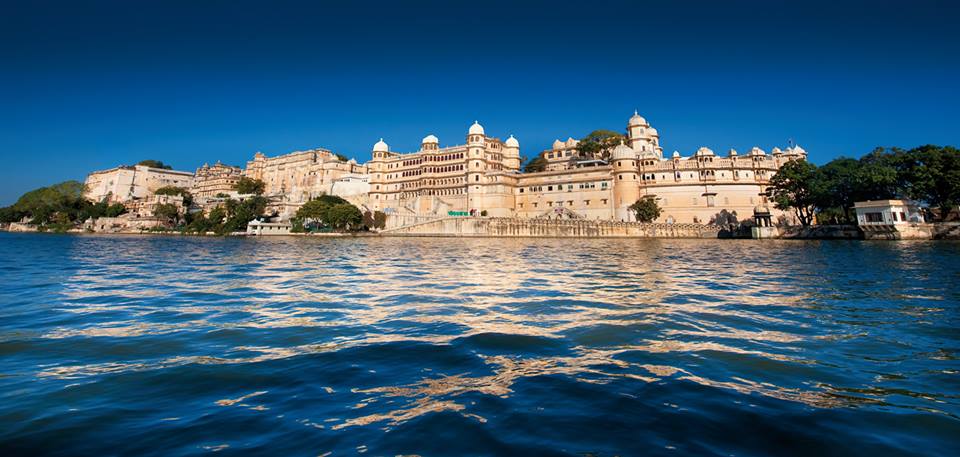Madhya Pradesh is one of those places in the country which are not only famous for its tangible offerings but also what lies in the core. Still not clear what I am talking about. Read on.
Art and Culture
Madhya Pradesh’s isolated tribal belts, never really taking centre stage in its war-fraught history, ensured the survival of its crafts through ages. Since ancient times, the tribal-dominated areas of Bastar, Mandla, Jhabua, Hoshangabad and Dhar created objects of utilitarian art documenting the rituals and culture. A simple, traced outline of a deity drawn on the wall to ward off evil spirits gave shape to the foundations of their raw creativity. Like impressions from a revivalist civilisation, these objects of convention, produced by the adivasis symbolising their worldviews from a different perspective, are widely acclaimed. Even today, the Bhils draw mandana — auspicious motifs inspired by cosmic illustrations — on the floor with rice paste and colour powder, and the Bhilala tribes depict mythical stories using bright colours in their Pithora paintings.
The Bastar district has a rich tradition of handcrafted metalwork. The bell-metal is beaten and forged, taking shapes resembling a horse or an owl; the inspired intention of the lone artistcum- blacksmith, as he twists, heats and reheats in fastidious spontaneity, is divulged in the conclusion. Themes include local deities, armed soldiers and animals in rustic charm. Another form of metalwork that of hollow-cast artefacts, molded in free designs and produced by the ancient lost-wax process is known as dhokra.
Ujjain is noted for making articles in papier mache. This agelong craft was expressed in objects like vases and figurines, and as it gradually evolved, craftsmen from Gwalior and Bhopal too got engaged in making stunning pieces of birds and decorative panels that have found their way in many homes. Bhopal is also famous for zari work predominantly practiced since the days of the Mughal rule. The emperors and their royal retinue donned these gold- and silver-embroidered attires, ornate with motifs of peacocks and lotuses. Bhopal’s labyrinthine lanes are stocked with zari work on bags, juttis and sarees, often combined with mirror work. Like metal and papier mache, handcrafted bamboo and cane too are part of the state’s traditional arts. Leather toy animals, a specialty of Indore, is found all across the state. To know more about what the state has to offer as a result of all the things said above, check out Madhya Pradesh travel guide page.
Shopping
Throughout Madhya Pradesh, the government-run emporia called Mrignayananni are renowned for their textile products and tribal ornaments, but shopping within the old world charm of alleys is an unusual experience. The state was a famous weaving centre in the ancient days, its artisans believed to have produced the finest weaves of muslin. This tradition remains alive in the delicate weaves of Chanderi and Maheshwari sarees. Maheshwar, near Indore is renowned for Maheshwari weavings, promoted since the princely days of Rani Ahilyabai Holkar. The Maheshwari saree, mostly of silk and cotton in a delicate blend, has a body patterned plain or in tiny checks bordered with a complimenting colour. Chanderi is also extremely fine but with a more sophisticated border woven in intricate motifs. Hand block printing of Madhya Pradesh is a part of its rich heritage, involving natural dyes such as indigo and turmeric roots. The Malwa region is famous for hand block printing on cotton, and Ujjain has large communities who specialise in odhnis and quilts.
These printed quilts were well-known in the court of Emperor Akbar. The Bagh print, borrowing its name from a tribal village in Dhar district, is acclaimed for its tonal and three dimensional qualities in reds and blacks. The printers, called Chhippas, use vegetable dyes extracting the red from the fleshy roots of Madder (Rubia tinctoria) and they prepare black from mixing tamarind seed with ferrous sulphate. Originally, the deeply carved blocks were stamped on cotton but with a wider appeal, tussar and crepe silks are now used for the floral and geometrical patterns. To know more, check out the different shopping options in Madhya Pradesh.
Adventure:
Keeping in line with the change of times, Madhya Pradesh is emerging as a destination for adventure tourism. If one can’t deny the adrenaline rush in the wilds of Kanha and Bandavgarh, the thrill is equally exciting at its unexploited locales. Pachmarhi is a beginner’s hotspot for parasailing on its soft and open grounds, and the ideal base for trekking. Tourism promoters have upped their ante, selling Pachmarhi hill-station’s package with trekking trip to Duchess fall, and rappelling. The Satpura mountain involves trekking from Pandav caves up to Dhoopgarh, Pachmarhi’s highest point, across wooded hills and waterfalls.
While the Maikal range around Amarkantak is ideal for mountaineering, the unspoilt forest of Achanakmar Biosphere Reserve and its fringes are perfect for jungle excursions and nature walks. The glittering marble rocks of Bhedaghat near Jabalpur make perfect reason for taking a boat trip along the Narmada. Plan a night cruise here — the full moon transforms the sparkling limestone and the shimmering river into a magical experience. Besides Orchha’s breathtaking cenotaphs, flowing along the Bundela chattris, the Betwa is ideal for river rafting. The experience may not be for grade seekers but drifting slowly along the backdrop of silent monuments is dreamlike.
By Kshitiz
About the author
Kshitiz loves to travel, read and write. And yes, second love: theatre.






